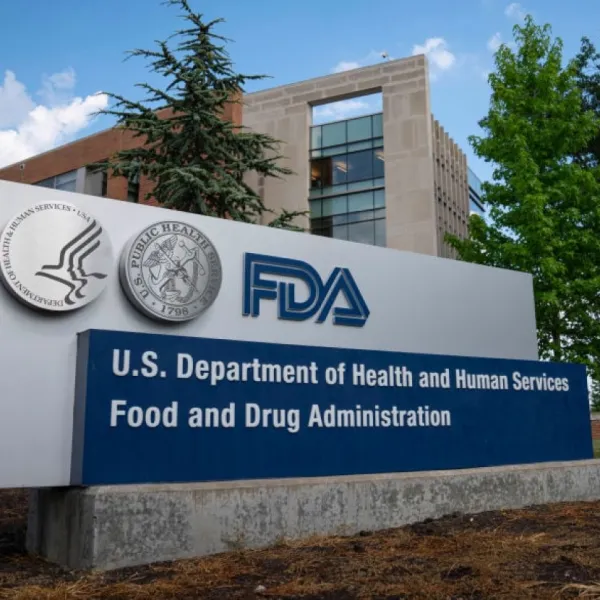Stryker Launches Advanced Surgical Imaging Platform in India

These features are designed to support surgeons during complex procedures, providing clearer views of critical anatomy.
Stryker, a global leader in medical technology, recently launched its ‘1788 Advanced Imaging Platform’ in India.
This new imaging system aims to enhance visualization for surgeons across various specialties, delivering high-resolution images and advanced fluorescence imaging capabilities.
The 1788 platform's primary feature is its ability to provide high-resolution images, allowing surgeons to visualize vital anatomical details better. In addition to standard imaging functions, the platform incorporates advanced fluorescence imaging, which is crucial for perfusion imaging.
This technique visualizes blood flow and oxygen levels in tissues and is vital for mapping lymph nodes during cancer surgeries.
Stryker indicated that the platform is compatible with currently marketed imaging agents and can adapt to new agents and fluorescence modes as they become available.
Key Features Supporting Surgeons Across Specialties
The platform introduces several new features to enhance the surgeon's ability to view tissues and structures more precisely.
Notably, it offers a wider color gamut, providing 62.5 times more visible colors than existing systems. The high dynamic range and a new tone mode ensure more balanced lighting during surgery.
Additionally, the Color Segmented Fluorescence mode maps colors based on indocyanine green (ICG) intensities, which is particularly useful for assessing tissue perfusion and lymph node mapping. This capability can help surgeons better evaluate critical anatomical details during procedures.
These features are specifically designed to support surgeons during complex procedures, providing clearer views of critical anatomy.
Aman Rishi, VP and GM of Stryker India, said, “Fluorescence-guided surgery is a promising solution, enabling surgeons to visualize perfusion, tumors, and critical anatomy intraoperatively better. The 1788 imaging platform, with advanced fluorescence imaging capabilities, ensures better healthcare outcomes for patients.”
Stay tuned for more such updates on Digital Health News.
Stay tuned for more such updates on Digital Health News





























